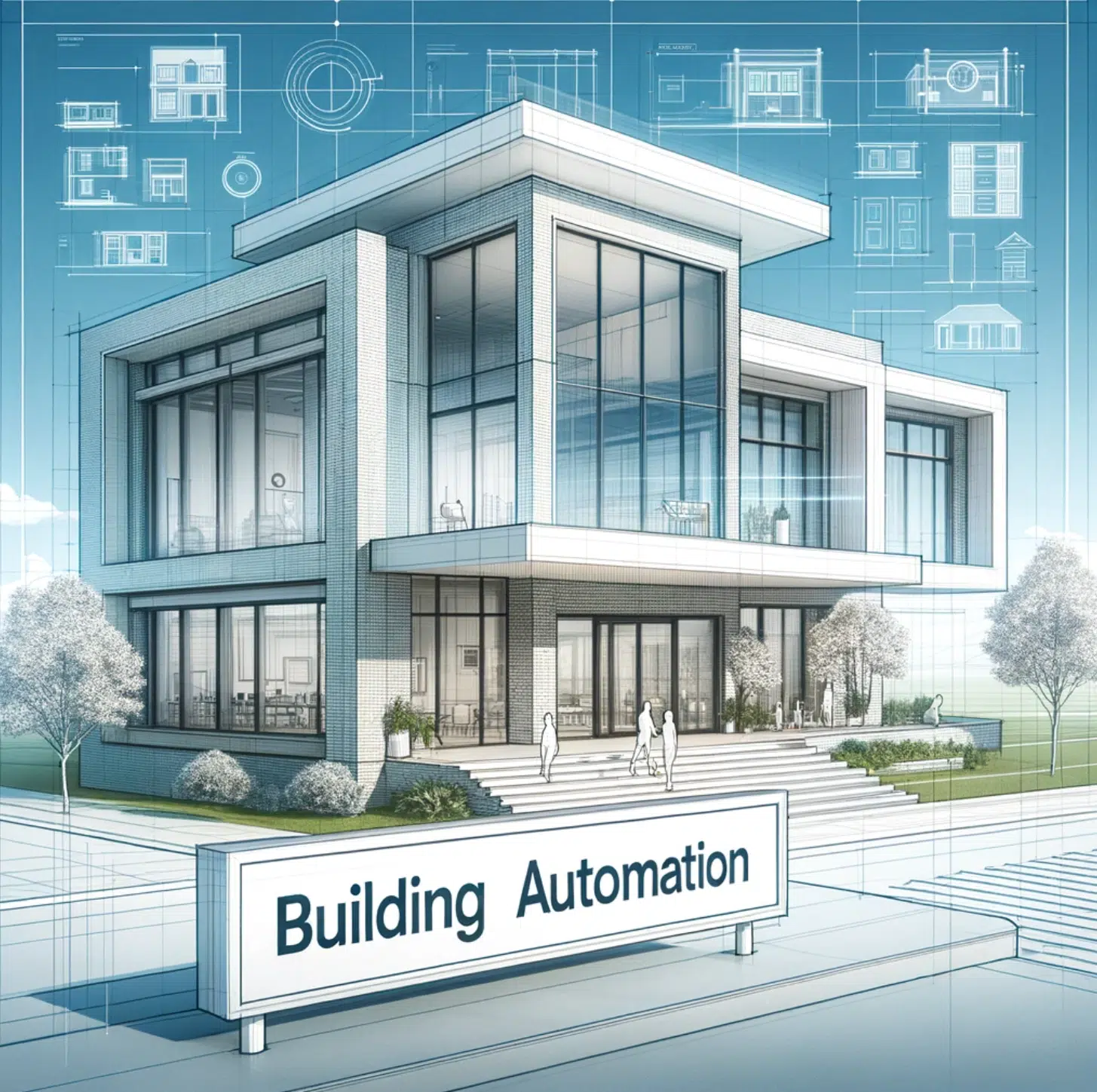Revolutionising Community Centers with Building Automation Systems

Community centres stand as pillars of social engagement, offering a sanctuary for diverse activities ranging from educational programs and art exhibitions to sports and community meetings. The challenge for directors and board members lies in maintaining an environment that is not only inviting but also adaptable to the myriad uses these centres are put to. This is where Building Automation Systems (BAS) step in as a game-changer, offering unparalleled control over the facilities environment while championing economic and environmental Sustainability.
How BAS Crafts the Perfect Environment for Every Activity
The heart of a community centre's mission is to accommodate a wide array of activities and user groups under one roof. A BAS enables precise management of lighting, temperature, and air quality, crucial elements that contribute to creating an inviting and comfortable atmosphere.
Imagine a scenario where the lighting and climate in each room automatically adjust to suit the activity scheduled—be it a yoga class requiring dim lights and a warmer temperature or a community meeting needing bright lights and a cooler setting. This level of control not only enhances the user experience but also streamlines facility management tasks, allowing staff to focus on programming rather than environmental adjustments.
BAS Economic and Environmental Advantages: A Dual Benefit
Implementing a BAS goes beyond user comfort to touch on the broader aspects of economic and environmental sustainability. Energy efficiency, a hallmark of BAS, leads to significant reductions in operational costs. By optimising energy use, community centres can direct more resources toward expanding and improving their offerings. Moreover, as centres of social responsibility, adopting green technology reflects a commitment to sustainability, setting a powerful example for the community and encouraging wider engagement in environmental stewardship.
How Building Automation Systems Adapt to a Flexible Schedule of Events
The dynamic nature of community centre activities demands a flexible and responsive infrastructure. Through building automation systems, facilities can seamlessly accommodate a shifting schedule of events, ensuring that each space is perfectly attuned to the upcoming activity without manual intervention. This adaptability not only improves operational efficiency but also significantly enhances user comfort, contributing to a positive and memorable experience for all community members.
BAS Scalability for Future Growth
As community centres evolve, so too do their needs. The scalability of a BAS ensures that it can grow and adapt to changing requirements, whether that involves expanding facilities or introducing new services. This flexibility guarantees that the investment in a BAS remains valuable in the long term, supporting the centre's development and its increasing role in the community.
Addressing BAS Investment and Technical Upkeep Concerns
While the initial investment and technical maintenance of a BAS may raise concerns, the long-term benefits—cost savings, improved operational efficiency, and heightened community satisfaction—far outweigh these considerations. With the support and expertise of Tri-Star Automation, community centres can expect a seamless integration process and ongoing maintenance support, ensuring the system operates at peak efficiency.
Conclusion
Integrating a Building Automation System within community centres is not just about upgrading technology it’s about enhancing the heart of community life. By creating environments that are more inviting, safe, and adaptable, BAS empowers community centres to fulfil their mission more effectively than ever before. With the economic, environmental, and operational advantages it offers, coupled with the comprehensive support from Tri-Star Automation, the decision to implement a BAS is not just smart, it's transformative. A BAS ensures that community centres can continue to serve as vibrant hubs of engagement and social responsibility for years to come.
